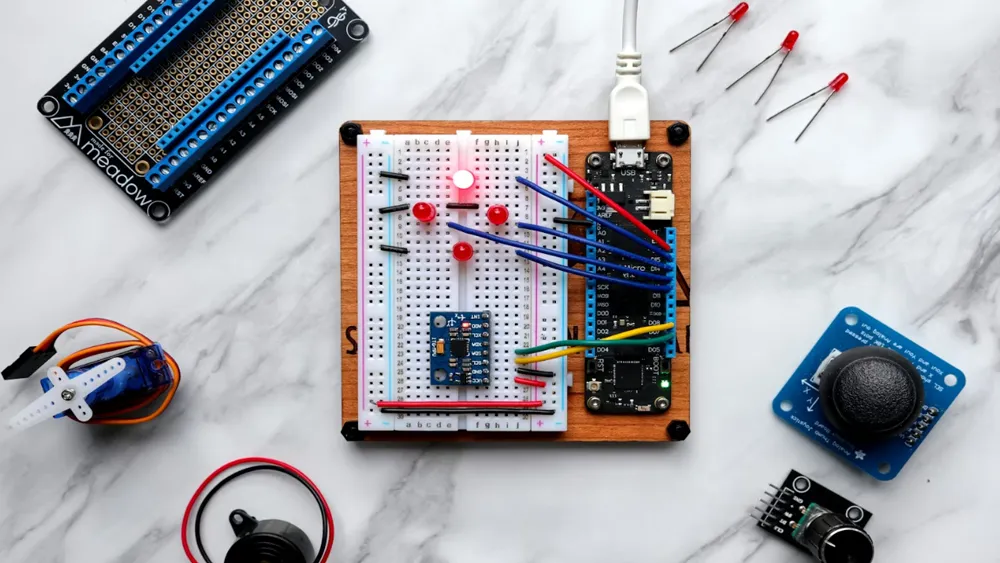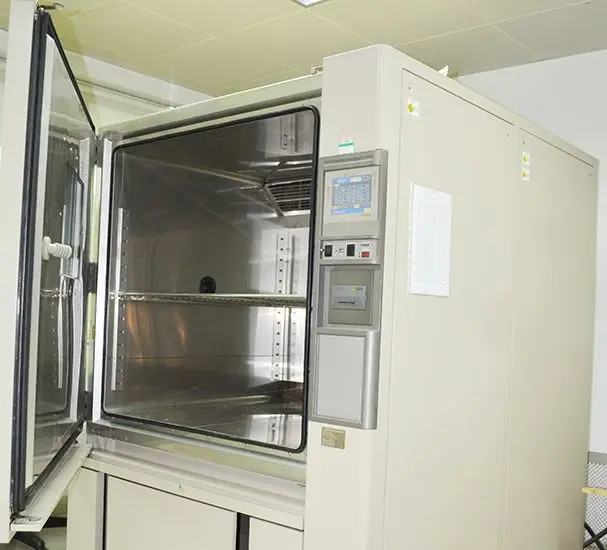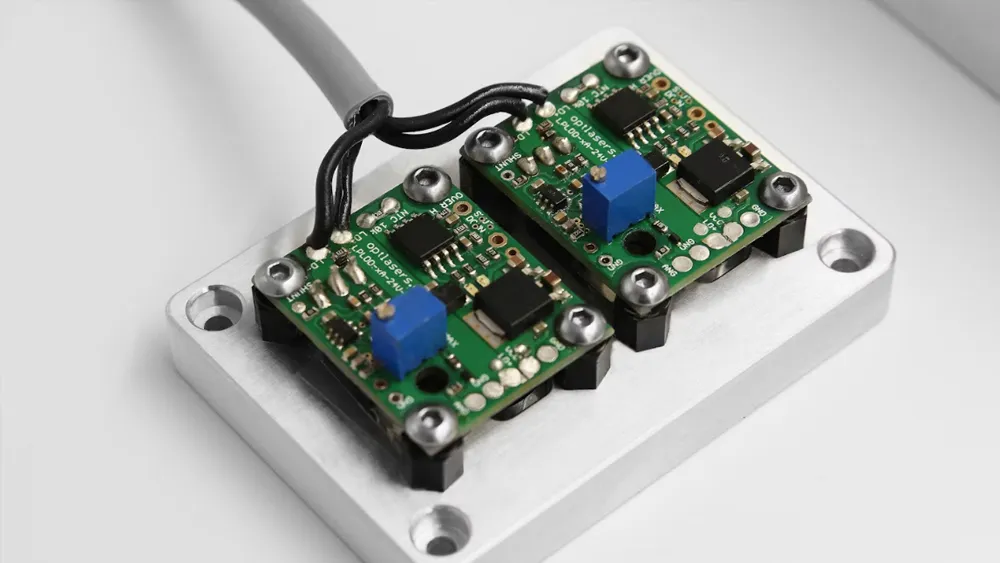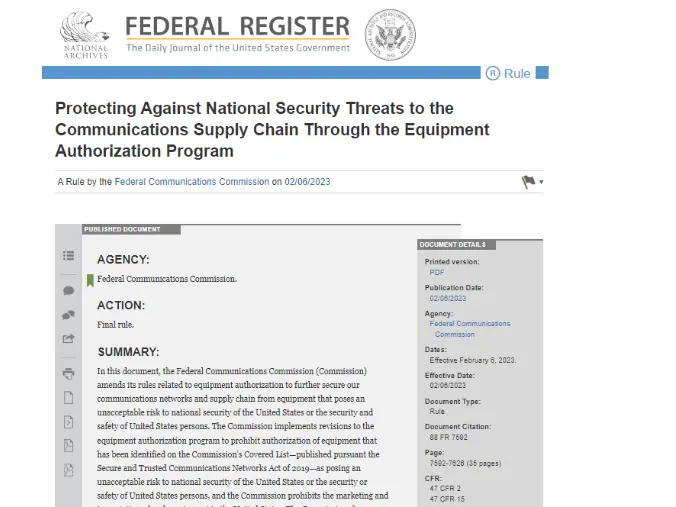
How to get CE Certification for Power Adapters?
Power adapters are commonly used accessories in mobile devices such as laptops and smartphones. These products rely on power adapters extensively. The application of power adapters is broad, not only limited to mobile devices but also used in various other fields. For CE certification of power adapters, it generally involves compliance with the low voltage directive (LVD), Electromagnetic Compatibility Directive (EMC), ERP, RoHS, and other related standards.
What Are the Standards for CE Certification of Power Adapters?
1. EN 62368-1:Safety requirements for audio/video, information, and communication technology equipment (applicable to adapters used for TVs, audio equipment, and other AV products)
2. EN 61347-2-13:Standards for power adapters used with lighting products
3. EN 60335-1:Standards for adapters used in household appliances
4. EN 61558-1:Safety standards for adapters in household products and power tools
5. EN 61558-2-7:Standards for power adapters used with toys
6. EN 62368-1:New safety standard for information technology and audio/video equipment
What Are the Testing Items for Power Adapter CE Certification?
1. Components
2. Power interface
3. Labels and instructions
4. Protection against electric shock and energy hazards
5. Safety Extra Low Voltage (SELV)
6. Current limiting circuits
7. Restricted power sources
8. Grounding and protective measures
9. Primary circuit overcurrent and earth faULt protection
10. Electrical insulation
11. Electrical clearance, creepage distance, and insulation penetration distance
12. Wiring
13. Connection to AC mains power supply
14. Disconnection from AC mains power supply
15. Interconnection of equipment
16. Stability
17. Mechanical strength
18. Structural details
19. Protection of hazardous moving parts
20. Heat generation requirements
21. Enclosure openings
22. Fire protection
23. Contact current protection conductor current
24. Dielectric strength
25. Abnormal operation and fault conditions
26. Protection of personnel from equipment hazards in communication networks
27. Overvoltage protection for communication networks
28. Overheating protection for communication wiring systems
29. Conducted disturbance voltage at power terminals
30. Radiated disturbance field strength
31. Harmonic current
What Documents Are RequiRED for Power Adapter CE Certification?
1. Product user manual
2. Product technical specifications (or company standards) to establish technical documentation
3. Electrical schematic diagrams, wiring diagrams, and block diagrams
4. List of key components or raw materials (preferably with European certification marks)
5. Nameplate
6. Other necessary documentation
What Is the Process for Power Adapter CE Certification?
1. Project application
2. Preparation of documents (as described above)
3. Product testing
4. Compilation of test report
5. Issuance of certificate
How Much Does Power Adapter ce certification cost?
The cost of CE certification varies depending on the testing requirements for different products. It is not a fixed fee and needs to be evaluated based on the specific product. Different products have different certification costs. Please provide the product manual, and we will offer a quotation as soon as possible.
Email:hello@jjrlab.com
Write your message here and send it to us
 What are ASTM F963 and CPSIA?
What are ASTM F963 and CPSIA?
 Comparison of ASTM F963 and EN 71
Comparison of ASTM F963 and EN 71
 How to get CSA C22.2 NO.256:14 Test Report?
How to get CSA C22.2 NO.256:14 Test Report?
 How much is the ISTA Amazon Packaging & Shippi
How much is the ISTA Amazon Packaging & Shippi
 Amazon Product Laboratory Testing Requirements
Amazon Product Laboratory Testing Requirements
 How to Get EPA Certificatio
How to Get EPA Certificatio
 What is EPA Certification in the United States?
What is EPA Certification in the United States?
 What is an FCC Registered Agent?
What is an FCC Registered Agent?
Leave us a message
24-hour online customer service at any time to respond, so that you worry!




